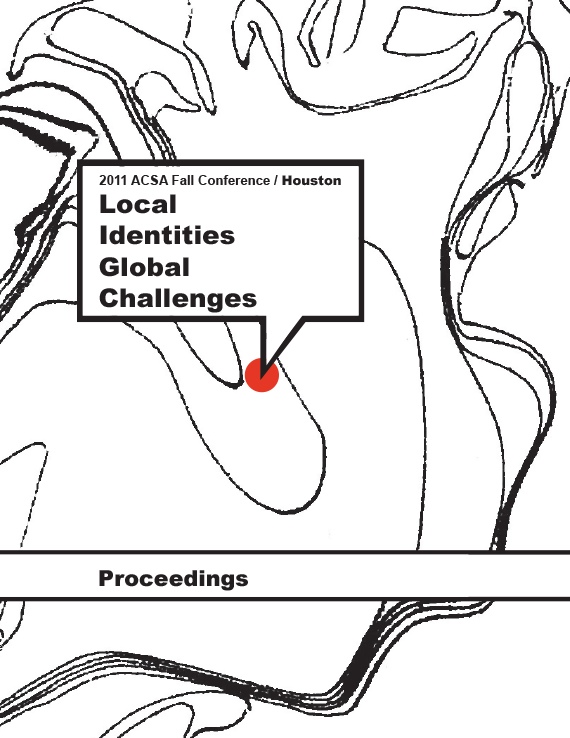Author(s): Christopher Koziol
Architectural students learn about cities, but they also need to learn how architecture works to project the idea of cities in the public mind. In the course of several years of leading a summer “field course” to Chicago I have varied the content and learning objectives of the extended excursion to address the differing levels of familiarity among graduate students in architecture, planning and historic preservation; all with diverse cultural and professional backgrounds. What began as incremental calibration has become systematically transformed by creating a process design problem that allows a diversity of students to appreciate the specificity of a place while also beginning to abstract how the built environment is regularly utilized to convey meaning. I begin a pre-field portion of the course by relating this banal little story to my students. On any given day walking across the Chicago ‘Loop’ a resident may be hurrying, head-down, scrutinizing a graphic on neighborhood demographic change published in the Chicago Tribune; and in this distraction, bump into a group of gawking pedestrians on an architectural tour organized by the Chicago Architecture Foundation. However, they should note, while distracted walking and sidewalk congestion are common in any big city, the underlying premises of a newspaper graphic displaying “community areas” and the objects of the tourists’ gaze – Architecture – are not. Chicago has been “schooled” in a manner that now affects the everyday activities of otherwise inattentive city dwellers. There is a myth of both a Chicago School of Sociology and a Chicago School of Architecture. While current scholarship may have converted each from naive realist accounts to debunked myths, they seemingly still have the very real power to cause people to bump into each other on the crowded streets of downtown Chicago. They are real in their effects. Sociologist Thomas Gieryn (2006) has explored the role of built space and the specificity of place in advancing the knowledge claims of science in “City as Truth-Spot: Laboratories and Field-Sites in Urban Studies.” Here, he introduces the concept of how the Chicago of the sociologists oscillates between being a field site and a laboratory. It functions as both a location for observations and a crucible for scientific analysis. We discuss how observation is translated into empirical investigation and positivist truth claims by these sociologists, and ask whether we as designers need be or should be doing the same. Hence, while exploring the specific locales of this city over a week, we begin to question both how urban processes are codified in “community areas,” and also how maintaining the narrative of a Chicago School of Architecture requires substantial and ongoing discursive work that includes the promotion of urban tourism, publication of popular media accounts, gallery shows, etc.. The students begin to see these elements as important to the creation of an architectural meta-narrative, that while in this case is specific to Chicago, is also portable.
Volume Editors
Ikhlas Sabouni & Jorge Vanegas

 Study Architecture
Study Architecture  ProPEL
ProPEL 
